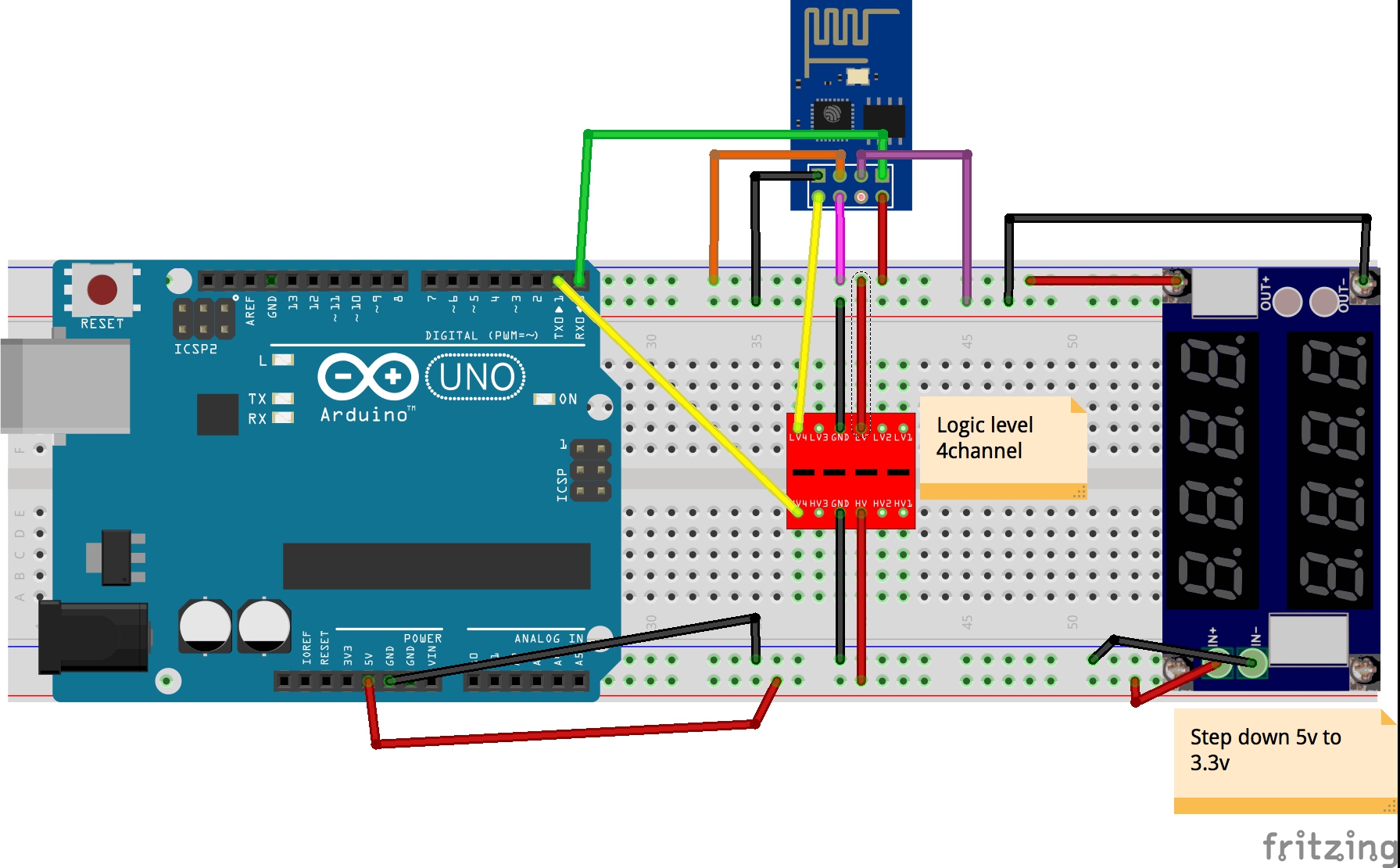
- #Esp8266 firmware update using arduino how to
- #Esp8266 firmware update using arduino zip file
- #Esp8266 firmware update using arduino serial
- #Esp8266 firmware update using arduino update
#Esp8266 firmware update using arduino update
Since each copy of your code includes the newest (Or at least whatever is in your IDE at the time) copy of the system level code, there is no separate update process - Each time you upload your sketch, the system code is updated too.Īdditionally, there is some extra overhead from the Arduino abstraction on the Espressif SDK, leading to a larger resulting binary size. Generally, every change to your sketch code will produce a complete copy of everything needed to create a bootable, runnable binary for the ESP8266. Just write a simple YAML configuration file and get your own customized firmware. Even if your code appears to be just a simple "blink" sequence, there's a lot of code running behind the scenes to make it possible, leading to the large sketch size. for using ESP8266 and ESP32 microcontrollers for Home Automation. This includes the TCP/IP stack, WiFi management, the logic controlling the PHY/MAC interface, the mini OS, and a host of other bits to make your ESP8266 work. However, when you start working with compiled languages like C (With the Espressif SDK only, for example), or C++ with the Arduino IDE, you are replacing the entire firmware each time your code changes. bin files, making sure to leave the GPIO0 pin grounded during the entire process.This is completely normal - When writing code for an interpreted language like Lua for the ESP/NodeMCU, you're just uploading what is a relatively small text file(s), as the code needed to run it is already on the chip, and doesn't change. Repeat each of the above steps for each of the.* VERY IMPORTANT This must be done between each. Close down the entire XTCOM_UTIL program, and unplug the USB.Click on "Download" and wait for the flashing to complete.bin file to flash, and configure the correct destination address as in the readme.txt file ( For Example: boot_v1.1.bin 0x00000) Hit API TEST -> (4) Flash Image Download in the menu.If you don't, then make sure your connections are correct, and perhaps try swapping the RX and TX pins around. You should receive a notification about success before hitting 20 times. The "Try to connect times: " message should increment a few times as the utility tries to contact the module. You should receive a notification saying "Operation Succeeded!" Configure the settings to whatever COM port you are using, and 9600 baud rate.Power everything by plugging into USB port.bin files to, which I will duplicate here for reference boot_v1.1.bin->0x00000 bin files, an executable named XTCOM_UTIL.exe and also a readme.txt file containing the addresses to flash each of the. Inside the esp_flasher.zip file, you will find a couple of. You will need to unplug and re-plug the USB cable 4 times during the process, so make sure you can reach it easily Flashing the firmware ¶ After all the upgrades have been loaded, it needs to be disconnected) GPIO0 to ground (for the duration of firmware upgrading.


If it doesn't work, try swapping them around)
#Esp8266 firmware update using arduino zip file
#Esp8266 firmware update using arduino serial
You will need some form of USB to Serial converter that allows operation at 3.3V.You will need a Windows PC for this update.It worked for me, and may work for you, but I take no responsibility if your ESP8266 module stops working after attempting this.

Note that this information has been cobbled together from multiple websites and the official Espressif AT Github Repository.
#Esp8266 firmware update using arduino how to
How to update the ESP8266 Module's firmware ¶



 0 kommentar(er)
0 kommentar(er)
